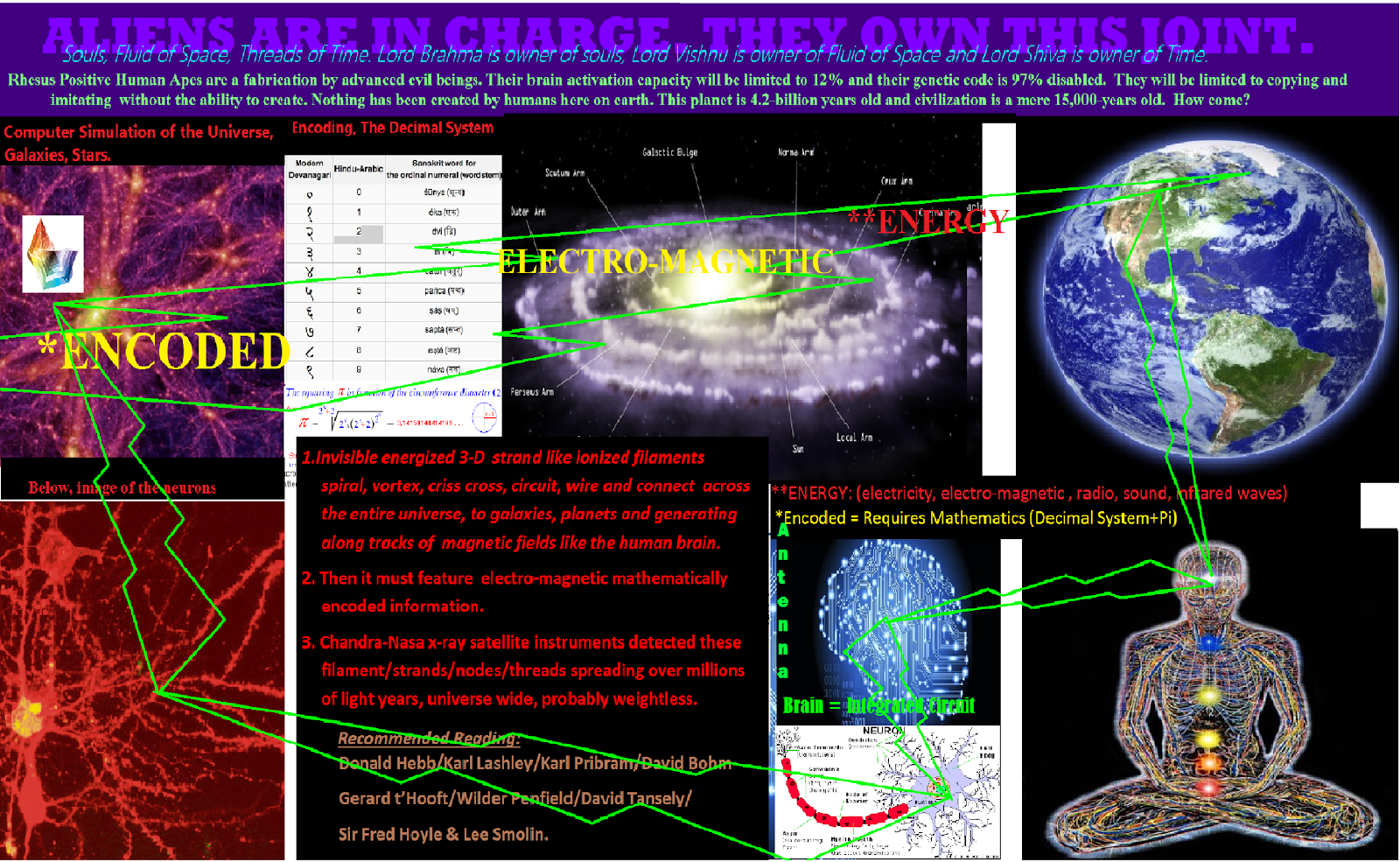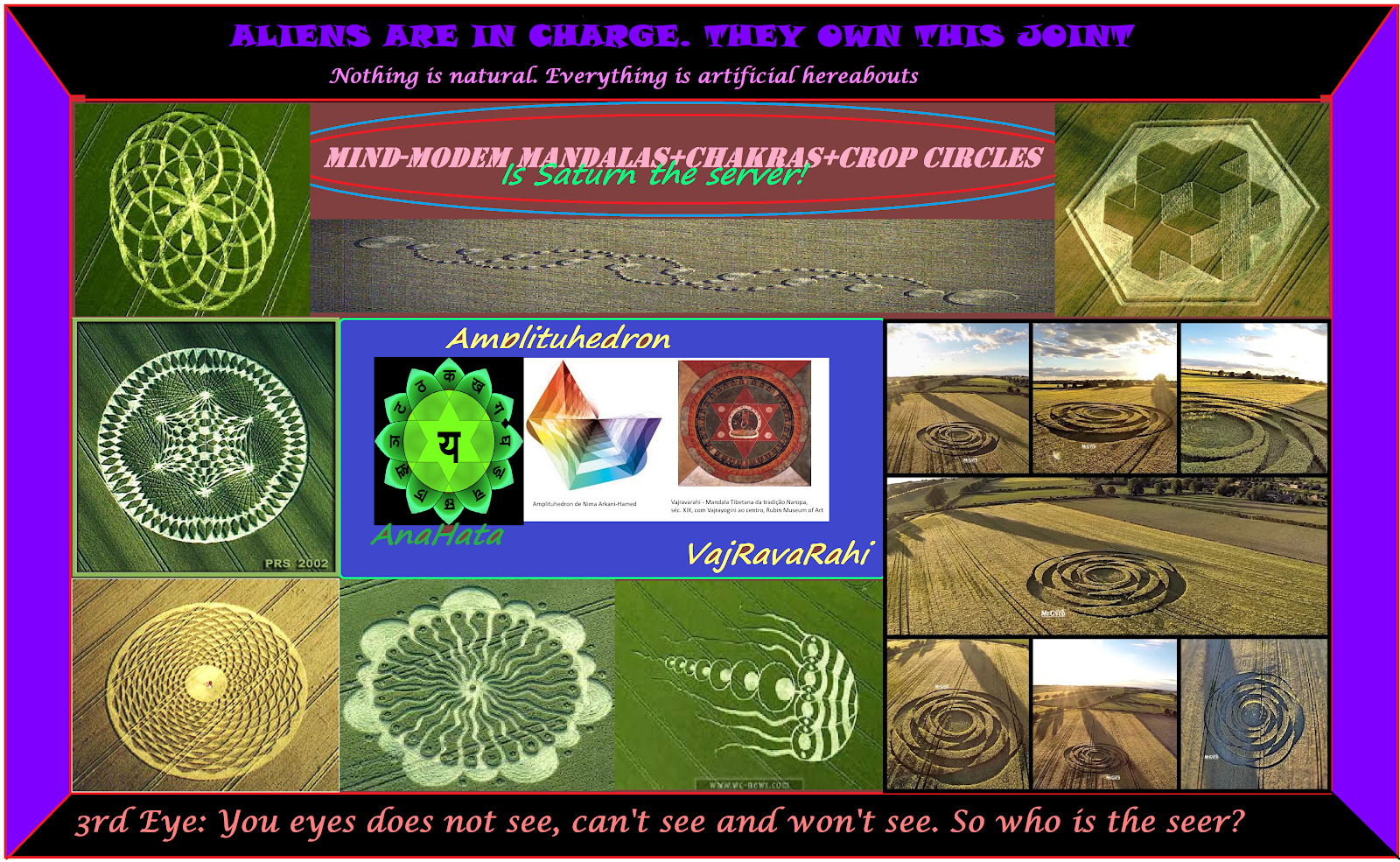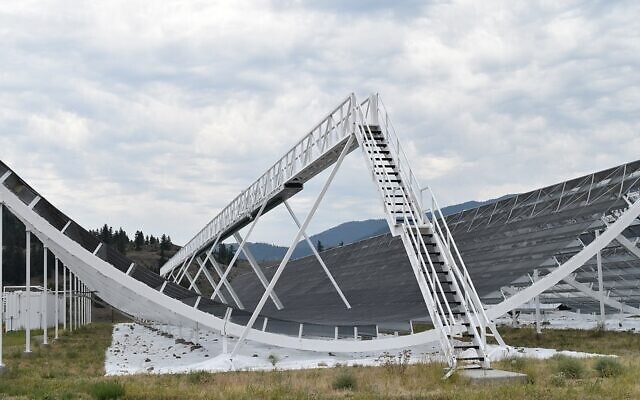One of the defining characteristics of the mysterious deep-space signals we call fast radio bursts is that they are unpredictable. They belch out across the cosmos without rhyme or reason, with no discernible pattern, making them incredibly hard to study.
Strange signal: Scientists find radio waves from space pulsing in 16-day pattern
Discovery marks first time that these signals, known as Fast Radio Bursts, have been detected having a regular tempo and could help identify source
Scientists in Canada have identified a powerful radio signal coming from some 500 million light years from Earth, which broadcasts in a 16-day cycle, the first time they have seen these kinds of signals in a repeating pattern.
These are the first Fast Radio Bursts to show periodicity, the researchers wrote in a paper published at the end of January and expressed hope this could help identify the source of these mysterious signals.
The FRB, labeled FRB 180916. J0158+65, transmits its burst of radio waves over four days and then goes silent for another twelve before starting the cycle again.
Between September 2018 and October 2019 researchers at the Canadian Hydrogen Intensity Mapping Experiment Fast Radio Burst Project watched a particular FRB and observed the pattern of its signals.
“We conclude that this is the first detected periodicity of any kind in an FRB source,” the researchers wrote in their report.
“The discovery of a 16.35-day periodicity in a repeating FRB source is an important clue to the nature of this object,” they said.
One possible explanation for the periodicity of the signals could be that the FRB source is orbiting a black hole which masks the bursts as the source moves around it. Another possibility is a powerful solar wind from a large star interfering with signals from an orbiting source.
Or it could just be that the source is producing periodic bursts.
Until now FRBs have appeared to be fairly random in nature and CHIME researchers hope that by studying FRB 180916. J0158+65 they can learn more about other FRBs and what causes their gigantic signals.
Now, for the first time, astronomers have found a fast radio burst (FRB) that repeats on a regular cycle.
Every 16.35 days, the signal named FRB 180916. J0158+65 follows a similar pattern. For four days, it will spit out a burst or two every hour. Then it falls silent for 12 days. Then the whole thing repeats.
Astronomers with the Canadian Hydrogen Intensity Mapping Experiment (CHIME) Collaboration in Canada observed this cycle for a total of 409 days. We don't yet know what it means; but it could be another piece in the complicated conundrum of FRBs. The research has been uploaded to pre-print server arXiv , where it awaits scrutiny from other experts in the field.
It's easy to become somewhat obsessed with fast radio bursts, a fascinating space mystery that has so far defied any attempts at a comprehensive explanation.
To recap, FRBs are hugely energetic flares of radiation in the radio spectrum that last just a few milliseconds at most. In that timeframe , they can discharge as much power as hundreds of millions of Suns.
Most of them spark once, and we have never detected them again. This makes it rather difficult to track these bursts down to a source galaxy. Some FRBs spit out repeating radio flares, but wildly unpredictably . These are easier to track to a galaxy, but so far, that hasn't brought us a great deal closer to an explanation.
Last year, the CHIME collaboration announced they had detected a whopping eight new repeating fast radio bursts , bringing the then-total of repeaters to 10 out of over 150 FRB sources. ( Another paper recently brought that total up to 11.)
FRB 180916. J0158+65 was among the eight repeaters included in last year's haul; apart from its repeat bursts, initially it didn't appear to be anything special. But as the CHIME experiment continued to stare at the sky, a pattern emerged.
This is exciting, because it offers new information that can be used to try and model what could be causing FRB 180916. J0158+65.
"The discovery of a 16.35-day periodicity in a repeating FRB source is an important clue to the nature of this object," the researchers wrote in their paper.
Other objects that demonstrate periodicity tend to be binary systems - stars and black holes. The 16.35-day period could be the orbital period, with the FRB object only facing Earth during a certain part of the orbit.
FRB 180916. J0158+65 is one of the handful of FRBs that have been traced back to a galaxy. It's on the outskirts of a spiral galaxy 500 million light-years away, in a star-forming region. This means a supermassive black hole is unlikely, but a stellar-mass black hole is possible.
"The single constraint on the orbital period still allows several orders of magnitude range in companion mass amongst known stellar-mass compact object binaries: from so-called 'black widow' binary systems, consisting of a low-mass star and a powerful millisecond pulsar whose wind ablates the companion (albeit typically with few-hour orbital periods), to massive O/B stars with highly eccentric companion pulsar orbits," the researchers wrote.
Alternatively, winds from the companion object, or tidal disruptions from a black hole, may periodically somehow block the FRB radiation.
It also can't be ruled out that the FRB source is a single, lone object such as a magnetar or X-ray pulsar, although the researchers note this explanation is a little harder to reconcile with the data. That's because those objects have a wobbling rotation that produces periodicity, and none are known to wobble that slowly.
And radio pulsars that do have periodic intervals of several days are orders of magnitude fainter than FRBs. So it's still a mystery.
But remember that 11th repeater we mentioned earlier? It was found coming from an FRB astronomers had thought was a one-off; its repeats were simply too faint for the equipment that had initially been used to look for them.
This suggests that many more FRBs could be repeating , but outside our detection range. And the fact that FRB 180916. J0158+65 seemed more or less the same as other FRBs could mean that other repeating FRBs are also on a cycle - we just haven't detected those cycles yet.
So, the next step would be, of course, to continue staring at FRB 180916. J0158+65 for a bit. But it also would be pretty interesting to try and see if periodicity can be detected in other bursts as well.
"Future observations, both intensity and polarimetric , and at all wavebands , could distinguish among models and are strongly encouraged," the researchers wrote, "as are searches for periodicities in other repeaters, to see if the phenomenon is generic."
The research is available on arXiv ahead of peer review.


